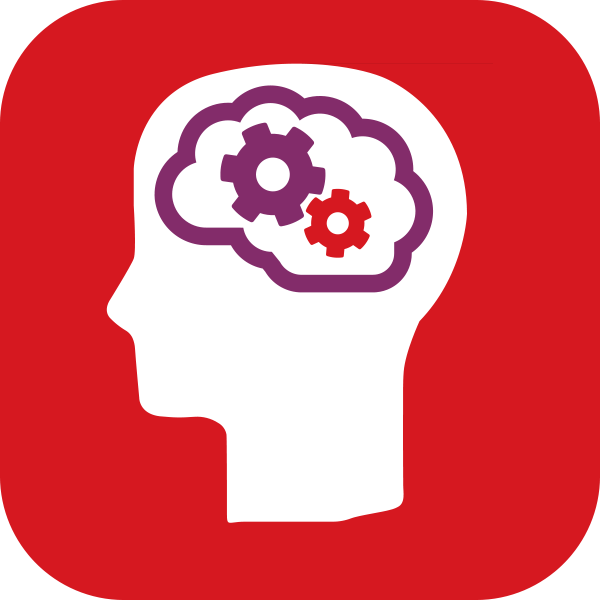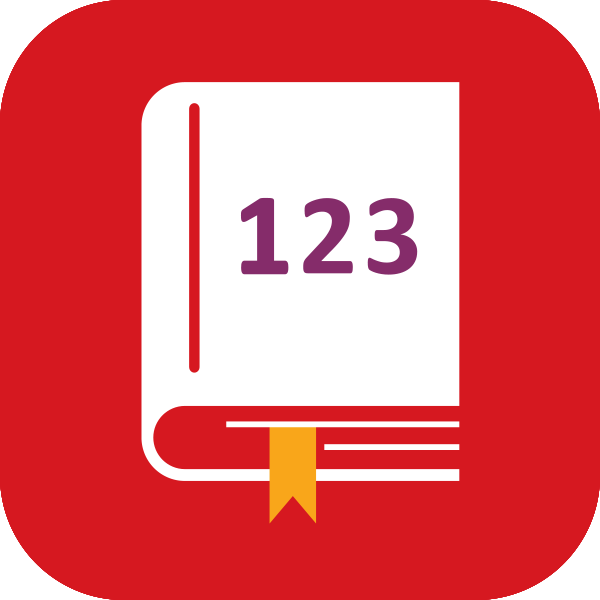Longacre is a co-educational preparatory school in Guildford, Surrey, for pupils aged 2 to 11 years. David Harry, Director of Studies, and Susanne Gibson, Head of Pupil Progress, explain below how they have used data from GL Assessment to demonstrate value-added effectively, both to parents, guardians and the Independent Schools Inspectorate.
At Longacre School, we place great importance on the triangle of trust between teacher, parent and child. To reinforce and support that trust, we gain insightful and tangible data, which is used to inform our educational action plans and support teachers to facilitate the best learning environment for our pupils. We pride ourselves on providing regular, transparent and informative feedback to parents and guardians. It is important for all key stakeholders to have a clear understanding of how our excellent provision is maximising opportunities for each individual child’s progress, as well as identifying any potential need for further support.
Our pupils sit GL Assessment’s New Group Reading Test (NGRT) and New Group Spelling Test (NGST) at the start of the Michaelmas term in order for us to get a baseline score, and they will continue to complete these assessments termly to show regular snapshots of their progress. The children also complete the Cognitive Abilities Test (CAT4) annually at the start of October and, for the first time this year, they are also completing the Progress Test in Maths (PTM) twice, in October and May. After every round of assessments, we hold ‘pupil progress meetings’ with academic and pastoral teachers to ensure we are reflecting on the data and acting accordingly. Furthermore, we share the reports from these assessments with parents and guardians so that we can evidence value-added and empower parents and guardians to be an integral part of their children’s learning journey.
Sharing information with parents and guardians
At Longacre, we share data with parents and guardians in several different ways. We create Grade Cards every half-term, where children are awarded grades for ‘Attitude to Learning’ as well as attainment. In November, we send each child's CAT4 results home with a formal covering letter, which puts the data into context for the parents and guardians. We also hold parent consultations, during which we consider specific data and go through the resultant reports together.
We have moved away from sending parents and guardians vast amounts of assessment data to specifically focus on discussing the CAT4 data. We have spent a lot of time communicating with parents and guardians about CAT4, conducting parental pupil progress meetings to share how we use the data to compare against maths and English outcomes in the classroom. Contextually painting a picture to parents and guardians and outlining each child’s data story is of vital importance to ensure that no child is merely a statistic. Often, there are circumstances beyond our control that may affect performance in assessments such as illness, confidence or what they had for breakfast!
To share best practice and how we use data, we hold parent workshops in which we highlight how we have tracked value added and the tangible benefits to having a progressive assessment programme. We have received some very positive feedback from these workshops, such as the following quote from one of our parents: “It was really helpful for us to get an insight into why the children do these tests throughout the year – what the data means and what it allows you to do. The overall feeling was that our children could not be in better hands. They are incredibly lucky, as are we.”
High-quality reports
The reports do a lot of the heavy lifting for staff, such as identifying targets in areas of the curriculum where pupils haven’t scored as highly against the national average, or comparing progress between groups of students such as EAL or boys and girls.
Our Heads of Department receive top-level analysis of the data, while teachers receive class-level analysis which they can use to identify how each child is performing. Our Head of Pupil Progress uses the reports to have informed and meaningful pupil progress meetings with teachers, discussing individual children, the cohort, setting and personalised targets. Recently, we have been able to conduct termly deep dives into our data to compare the progress of different groupings such as boys’ and girls’ outcomes in maths; reading progress for our EAL children; and monitoring any prevailing trends within our identified ethnic groups.
These reports provide us with the high-level data analysis we need on how the pupils are performing, so that our teachers can ensure this informs their teaching and learning on a daily basis.
CAT4 in action
A couple of years ago, we had a child who was going through a particularly difficult time and was really struggling with maths. They had lost confidence, assessment scores were dropping and the quality of their classwork had tailed off. After sitting our annual CAT4 assessment, we could see from the reports that their quantitative score was above average and the child in question had plenty of untapped potential. Consequently, we put some very targeted interventions in place such as changing sets, attending a maths clinic and receiving weekly 1:1 sessions with our learning support team. Pleasingly, these strategies proved successful and we no longer see a discrepancy between the CAT4 assessments and our progress tests.
Evidence for the Independent Schools Inspectorate
Our school was inspected by the ISI in the summer term, with heavy scrutiny into our tracking and data. An example of this is when the inspectors requested evidence on how much progress a child makes in reading from joining in Year 1 to leaving at the end of Year 6.
Using our assessment archive, we were easily able to access our NGRT data and track back over several years to determine that on average a child would make 39 months of value-added progress on top of the age-related progress they would be expected to make. This was a powerful statistic to be able to share with inspectors and similarly, parents and guardians, teaching staff, governors and the wider community.
Through the assessment framework we have put in place, we were able to demonstrate to the inspectorate how we evidence value-added and our targeted intervention. This has resulted in Longacre achieving academic excellence in the most recent inspection. Here are a few of the comments from our ISI inspection in June 2022:
- “The quality of the pupils’ academic and other achievements is excellent”
- “Pupils of all ages achieve high academic standards and make rapid progress from their starting points”
- “The school meets its aim to provide a learning environment of adventure, discovery and inspiration that promotes academic excellence”
The framework that we have built with GL Assessment (having standardised data that allows us to compare pupils not only within our school, but also against a national average), which has been validated by the ISI, has instilled a heightened level of confidence from parents and guardians so that they are assured that their child is valued, understood and given the best chance to thrive at our school.
Longacre School is one of our Advocate Partners





